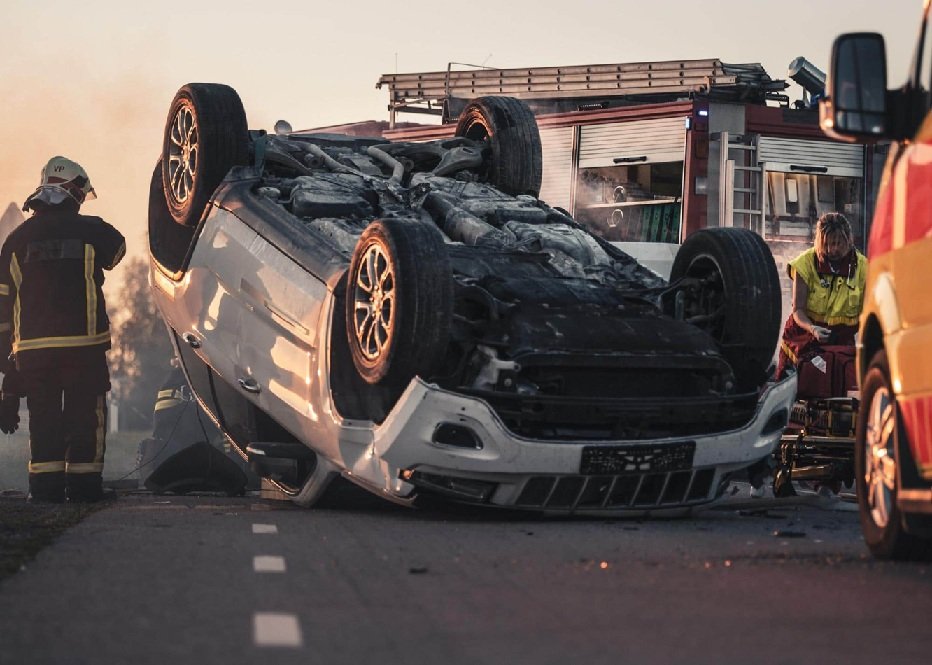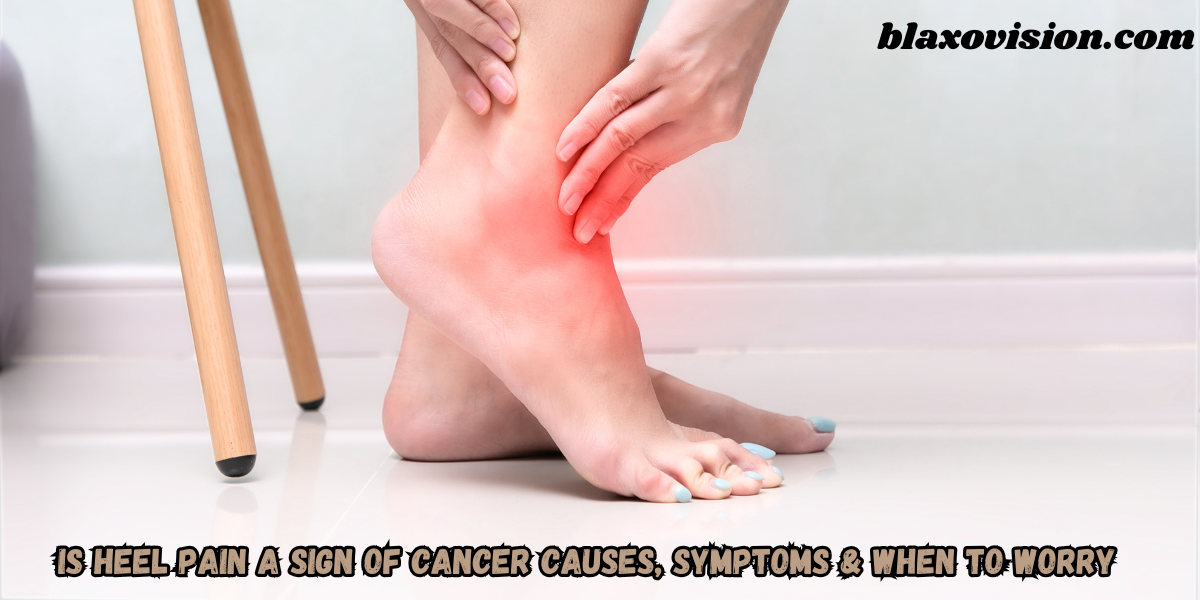Every year, thousands of lives change because of drunk driving crashes. These incidents are not merely accidental. They are preventable and stem from choices made under the influence. You have the power to prevent these tragedies by understanding the scope of the issue. Statistics show that alcohol-related crashes account for a significant number of road incidents. This impacts families, friends, and entire communities. When you drink and drive, you risk not only your own life but the lives of others too. The emotional toll is immeasurable. For those involved in these accidents, legal support becomes crucial. Wood Cross Personal Injury Attorneys offer guidance to victims seeking justice. Remember, avoiding drunk driving is a simple decision that saves lives. Make roads safer by choosing responsibility over recklessness. Recognize the widespread impact of drunk driving and take action to prevent it. Lives depend on your choices.
Understanding the Numbers
The National Highway Traffic Safety Administration (NHTSA) consistently reports alarming statistics about drunk driving. In recent years, approximately 28% of all traffic-related deaths in the United States involved alcohol-impaired drivers. On average, over 10,000 lives are lost annually due to these crashes. This translates to one death approximately every 52 minutes. These numbers illustrate the severe threat posed by impaired driving.
Breaking Down the Data
Drunk driving incidents vary by state and demographics. Understanding these variations can help in addressing the problem effectively. Here’s a breakdown of the data:
| Year | Total Crashes | Alcohol-Related Crashes | Percentage |
| 2020 | 5,250,837 | 1,500,978 | 28.6% |
| 2021 | 5,340,465 | 1,486,651 | 27.8% |
| 2022 | 5,471,738 | 1,502,341 | 27.5% |
These numbers reveal a consistent pattern of alcohol-related crashes, highlighting the need for continuous awareness and preventive measures.
The Human Cost
While statistics provide a numerical view, the human cost is much heavier. Drunk driving not only claims lives but also causes life-altering injuries. Families suffer losses that cannot be quantified. Recovery, both physical and emotional, often takes years. Legal battles can add stress to already grieving families.
Prevention and Responsibility
Preventing drunk driving requires a collective effort. Education and awareness programs in schools and communities play a vital role. Parents, peers, and educators influence decisions. Installations of ignition interlock devices and sobriety checkpoints have shown to reduce incidents.
Moreover, personal responsibility cannot be understated. It starts with making the choice not to drive if you’ve consumed alcohol. Alternatives like ride-sharing or designating a sober driver should always be considered. These small actions make a substantial difference in keeping roads safe.
Addressing Legal Challenges
After an incident, navigating the legal implications can be daunting. Experienced attorneys provide necessary support to victims seeking compensation and justice. They help in understanding rights and navigating court processes. This support is crucial for healing and moving forward.
Legal resources ensure that victims receive the help they need.
The Role of Community
Communities play a key role in reducing drunk driving. Initiatives like community patrols and public service announcements foster a culture of safety. Support local events and campaigns aimed at reducing impaired driving. Together, communities can create environments where responsible choices are the norm.
Conclusion
Drunk driving crashes remain a preventable tragedy that demands action. By understanding the scope of the problem, embracing personal responsibility, and supporting community efforts, you can contribute to a solution. Every decision to drive sober adds to a collective impact that saves lives. Remember, the prevention of drunk driving is in your hands. Make the choice to drive safely and encourage others to do the same.



